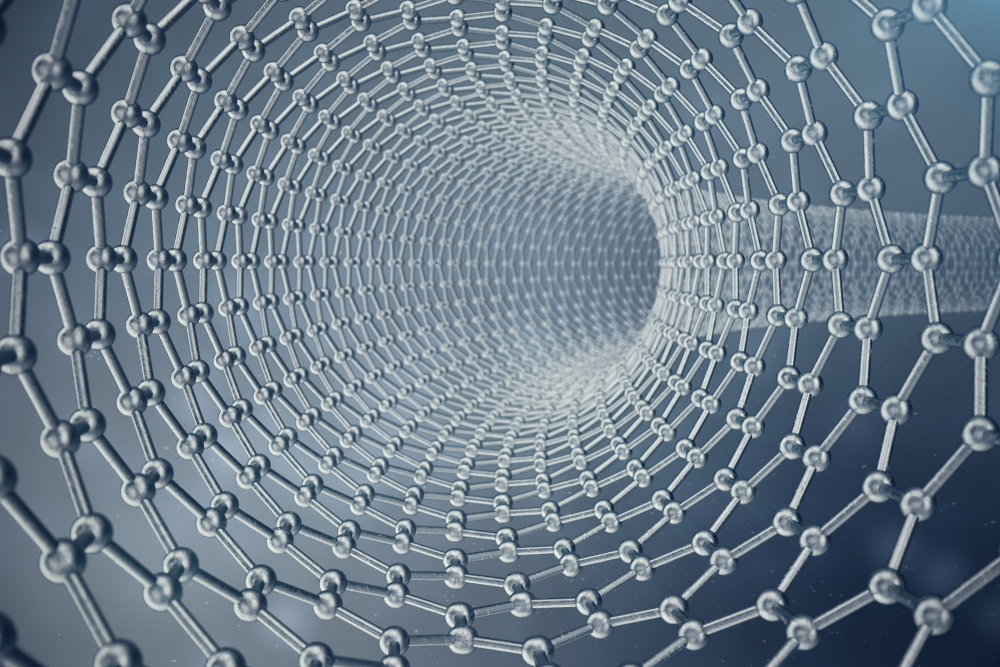Whether you’re looking at your phone, watching television, or staring wistfully out your window, you’re inadvertently using one of the most useful elements in the history of human innovation: glass. While the Earth has been creating glass for billions of years, humanity has only briefly been utilizing glass in a myriad of ways to improve our daily lives. The following are a few ways scientists are improving glass technology for the next generation.

Smart Glass
We all thought smartphones were a technological breakthrough, but just wait until you hear about smart windows! New smart-window technology can tint glass, changing it from fully transparent to dark in less than 1 minute. This innovation could help cut the costs of heating and cooling buildings by up to 20%!
The technology was developed by Stanford University researchers. The new approach uses a polymer gel containing metal ions applied on a transparent electrode. When voltage is used, the metal ions plate the electrodes, blocking all wavelengths of light. After the opposite voltage is applied, the windows switch back to their inherent transparency.
The technology is not cost-effective enough to be used everywhere yet, but as with all new technologies, as the price continues to plummet we will see smart windows being used in residential and commercial buildings more frequently. For now, the technology is being used primarily by airliners and car companies. In the near future, you’ll be able to tint the windows of your house or apartment simply by pushing a button on your phone.

Nanotechnology
There are few things more irritating than trying to watch TV with sunlight streaming into a room, creating an obtrusive glare. Whether they’re on phone displays or TV screens, reflections can be a nuisance. To solve this issue, U.S. Department of Energy scientists have reportedly found a way of almost eliminating all reflections and essentially making glass become more invisible. The technology involves etching tiny nanoscale cones into a regular glass. The implications for putting this technology into practice reach further than just eliminating annoying glare on products. Eventually, nanoscience could be used in medical devices that use pulses of light, and even in making glass more energy efficient by minimizing the amount of sunlight lost to reflection. Soon everyone will be able to enjoy their favorite media and medical procedure without the intrusion of glare or reflection.
Conclusion
While humanity has used glass over the millennia to improve our standard of life, the progress has just begun. With the advent of smart glass and nanotechnology, we can look forward to many technological advances that make our daily lives more convenient. In the meantime, contact Ernest Windows for all your gutter cleaning and window washing needs, we’re more than happy to help.
Leave a Reply